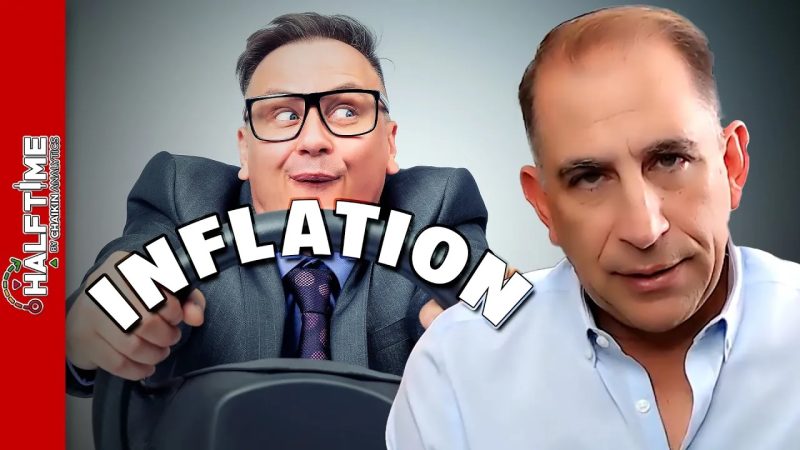The intertwining relationship between the halftime show and inflation might not be immediately apparent, but when examined in depth, the connection becomes increasingly tangible. This connects with the recent upsurge in inflation rates and its impact on various sectors, including entertainment, particularly the halftime show.
The halftime show is an integral part of many sporting events, particularly in basketball and football. More than just being an intermission break, it has blossomed into a highlighting spectacle, drawing millions of viewers annually, particularly during the Super Bowl. These grandeur performances are entrusted to world-renowned artists, ushering in a spectacle full of glitz and glamour.
Much like other sectors, the halftime show has not remained insulated from the rising inflation rates. The cost of producing these entertaining spectacles has been increasing steadily over the years. Various aspects contribute to this surge. These include substantial artist fees, elaborate stage designs, the cost involved in security, logistics, and high-tech light & sound systems.
Inflation, currently back in the driver’s seat of the economy, has had a direct impact on these costs. With the prices of various goods and services soaring, the overall cost of putting together halftime shows has inflated. This phenomenon can be traced back to the economic theory of input price inflation, where the cost of inputs increases, subsequently leading to a spike in the cost of end products or services—in this case, the halftime show.
For example, the cost of equipment like advanced sound systems, lighting paraphernalia, special effects tools, and others have seen an upturn due to inflation. Similarly, logistics, once considered a minor expenditure, now demands a significant chunk of the budget due to surging fuel and transport costs caused by inflation.
The implications of inflation affecting the halftime show stretch beyond just the production costs. Advertisers, a major funding source for these halftime shows, are experiencing the pressure of rising advertisement costs. Commercial spots during the halftime shows, particularly Super Bowl, are among the most cost-intensive, largely due to the overwhelming viewership numbers. With inflation making its presence known, these figures have spiked even more, forcing some advertisers to reconsider their investments or adjust their budgets accordingly.
Simultaneously, artist fees constitute another crucial part of the expenditure. Renowned artists naturally command significant fees for their performances. As living costs go up with inflation, their remunerations increase as well, pushing up the overall cost of the halftime show.
Despite these challenges, however, the halftime show persists in delivering world-class entertainment. This resilience owes a lot to the show’s widespread appeal and its ability to attract corporate sponsorships, alongside innovative cost management strategies.
While inflation continues to be a significant economic issue, it also stimulates creativity within the entertainment industry. The halftime show personnel are required to think beyond traditional norms and adopt unique, cost-effective strategies. This could include simpler stage designs with equal appeal, merging digital with physical structures, or even relying more on local talents to fill up performance slots.
The halftime show, despite the evolving challenges of increasing costs due to inflation, continues to adapt and appeal to its audience, showing the resilience of the entertainment industry even in economically challenging times.




